Apple's Messages app has long had visual effects you could apply manually after long-pressing the send button, and there are even hidden keywords you could use to trigger full-screen effects automatically. FaceTime can also give you some full-screen effects to play around with during video calls, but the triggers are an entirely different concept — hand gestures.
There are eight reactions — hearts, thumbs up, thumbs down, balloons, rain, confetti, laser burst, and fireworks — available for FaceTime video calls. These also work in FaceTime video messages, Group FaceTime video calls, and third-party video conferencing apps. You can trigger them using on-screen buttons in FaceTime or hand gestures in FaceTime and other apps.
- Don't Miss: The Complete iOS 18.2 Features Guide — Here's Everything New and Improved for Your iPhone
Compatibility
You can send FaceTime Reactions on an iPhone, iPad, Mac, or Apple TV as long as you're running updated software on a newer model device. If your recipient or recipients are on a device with older software, they should still be able to see the effects you send but won't be able to send any themselves.
- At least iOS 17 on an iPhone 12 or newer when using the front camera.
- At least iPadOS 17 on iPad Pro 12.9-inch (5th generation and newer), iPad Pro 11-inch (3rd generation and newer), iPad (10th generation), iPad Air (4th generation and newer), iPad mini (6th generation), and iPad mini (A17 Pro) when using the front camera.
- At least macOS Sonoma 14 on a Mac computer with Apple silicon using the built-in camera or on a Mac using a compatible iPhone or iPad as a Continuity Camera.
- At least tvOS 17 on an Apple TV 4K (2nd generation or newer) using an iPhone or iPad as a Continuity Camera.
Turn Hand Gestures On/Off
The reaction buttons in the FaceTime app are always accessible during video calls, but hand gestures can be turned on or off for both FaceTime and third-party apps. On an iPhone or iPad, open Control Center, tap "Video Effects" (iOS 17) or "FaceTime Controls" (iOS 18), and hit "Reactions" to turn hand gestures on or off.

On a Mac, click the FaceTime icon in the menu bar and hit "Reactions" to turn reactions on or off. Unlike on iPhone and iPad, you need reactions enabled on a Mac to use hand gestures and the on-screen buttons.

Use Hand Gestures to Make Reactions
With hand gestures enabled, you can start using them during video calls to add screen effects directly into your camera feed. To ensure they work, hold your hands away from your face and pause for a moment to activate the effect in your feed. Here are the effects and their associated gestures:
- Hearts: Create a heart shape using two hands.
- Thumbs up: Close your fist and point your thumb up.
- Thumbs down: Close your fist and point your thumb down.

- Fireworks: Use the thumbs-up gesture with both hands.
- Rain: Use the thumbs-down gesture with both hands.
- Balloons: Close your fist, point your index and middle fingers up, and spread them apart to make a peace sign (also called a victory sign).
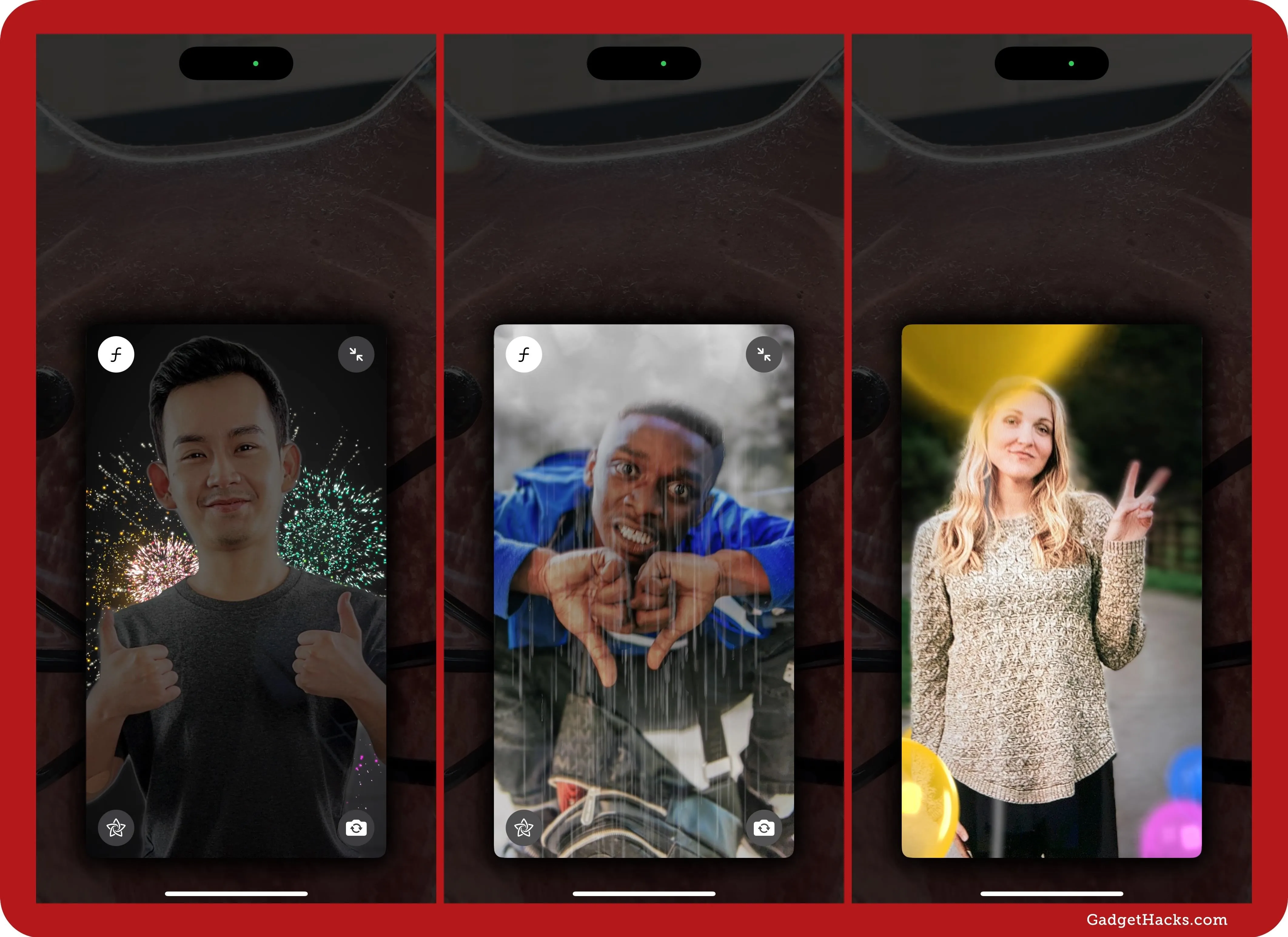
- Confetti: Use the hand gesture for balloons above (peace sign or victory sign) but with both hands.
- Laser: Close your fist and point your index and little finger up to make a sign of the horns.
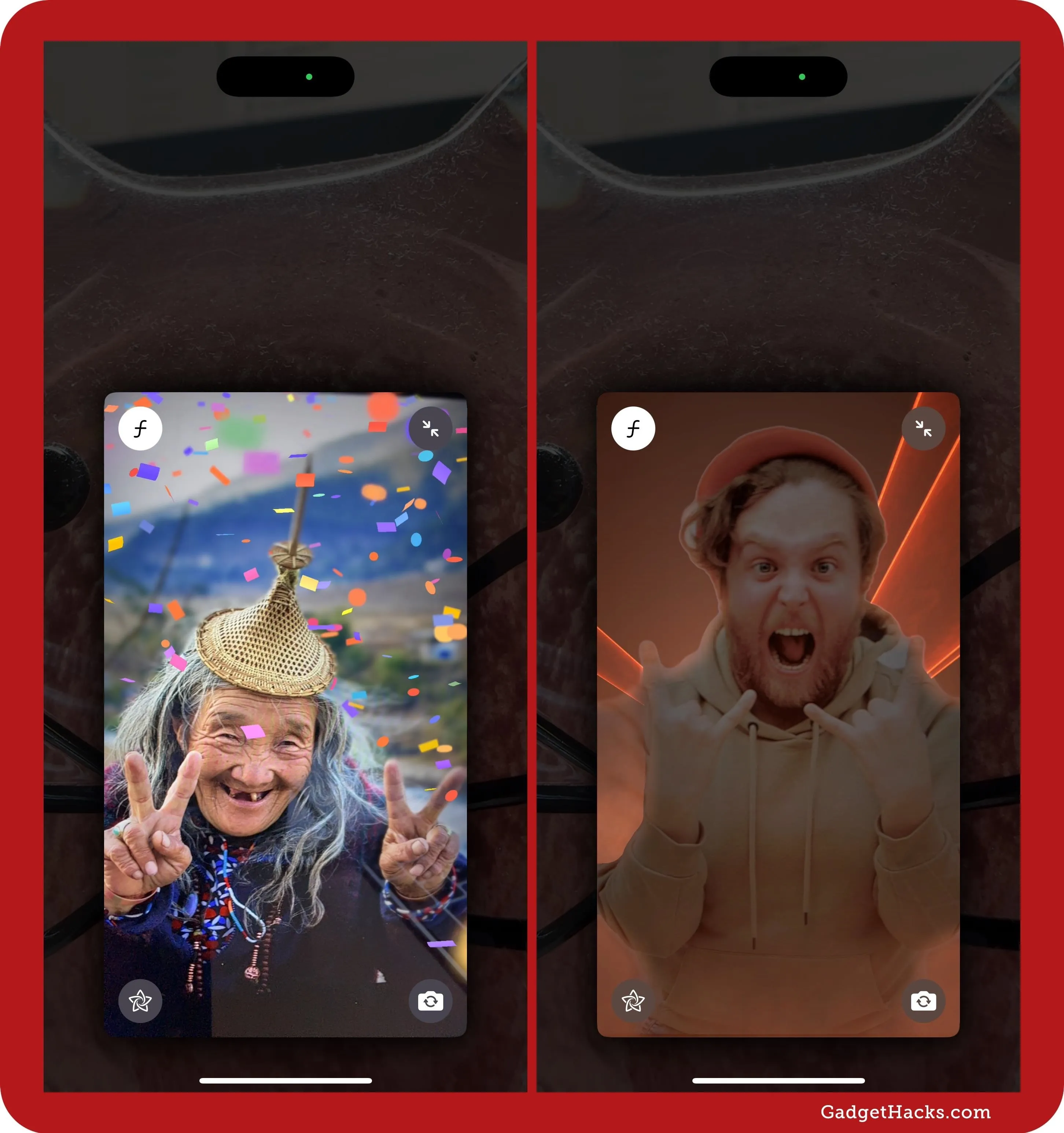
Use the Reaction Buttons Instead
If you don't want to use hand gestures during FaceTime or Group FaceTime video calls, you can use the on-screen reaction buttons instead. On an iPhone or iPad, long-press your minimized tile in the call, then tap the correct icon to get the desired screen effect.
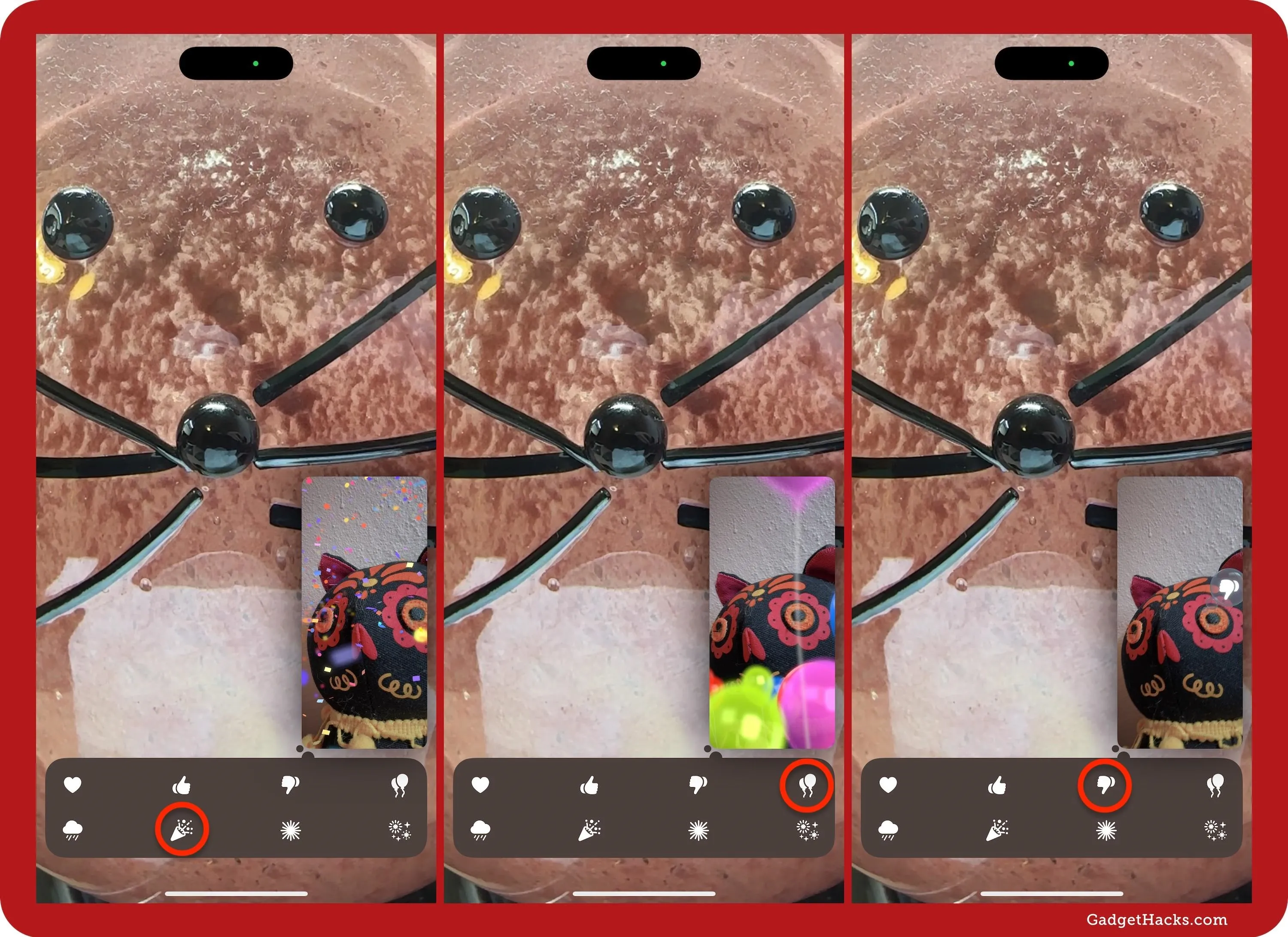
On a Mac, click the FaceTime icon in the menu bar, select the chevron next to "Reactions" to expand the reactions menu, then choose the correct icon to get the desired screen effect. Again, unlike on iPhone and iPad, you need reactions enabled on a Mac to use hand gestures and the on-screen buttons.

Cover photo and screenshots by Gadget Hacks












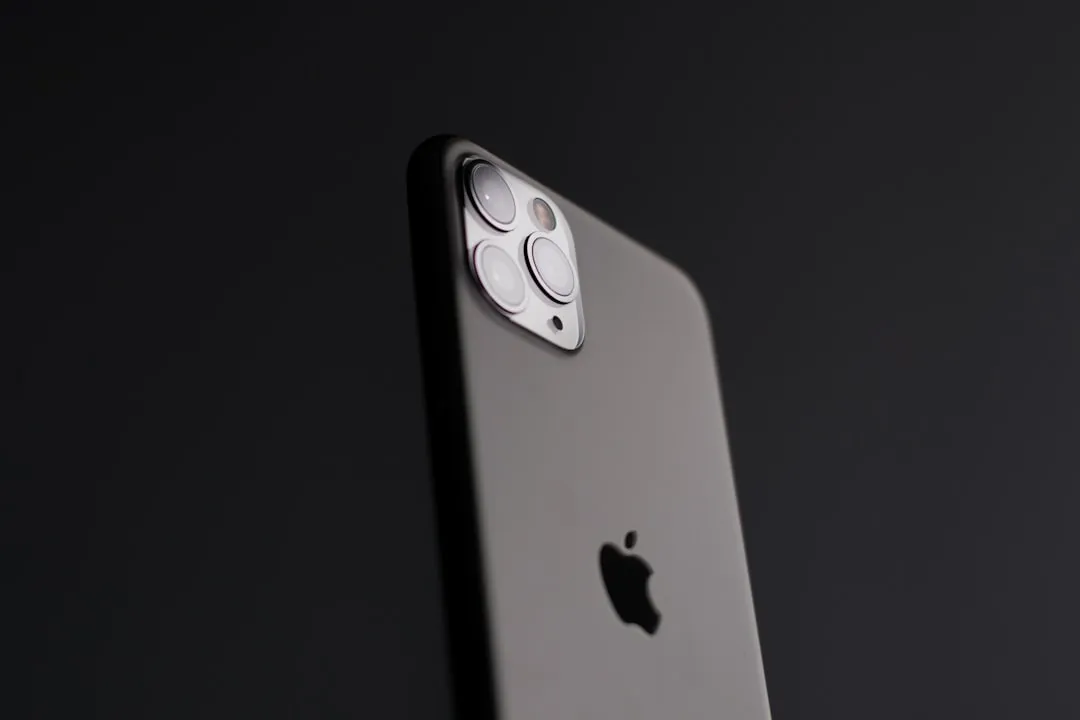


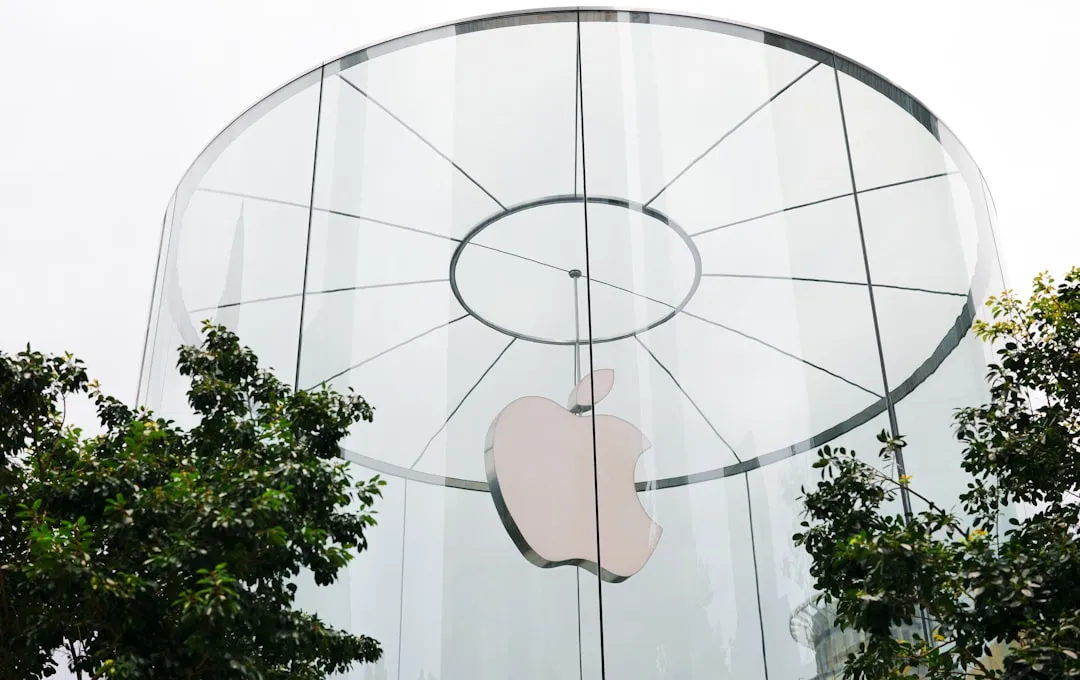


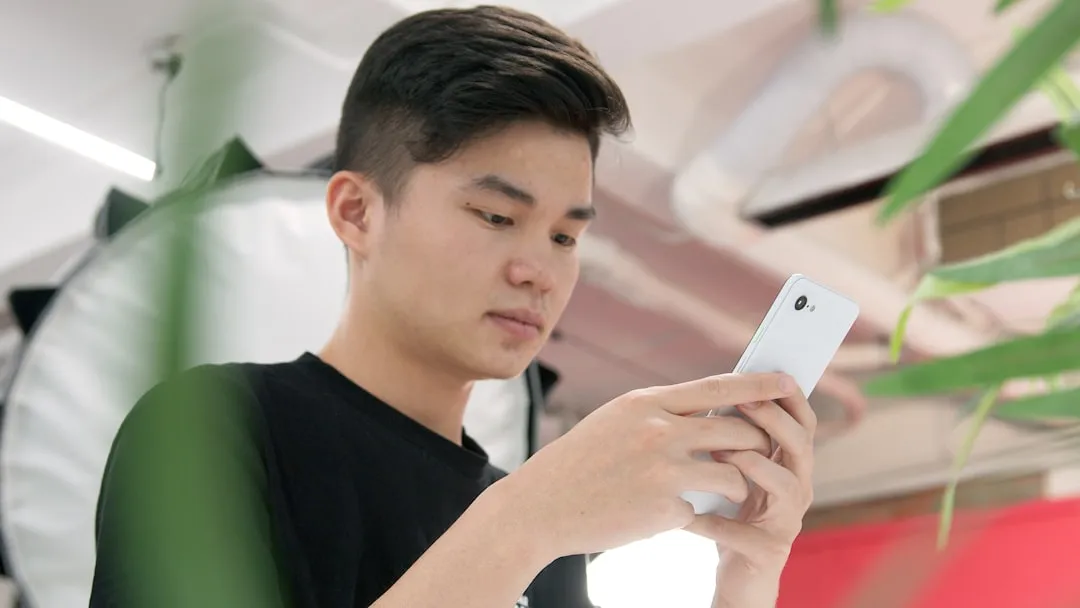
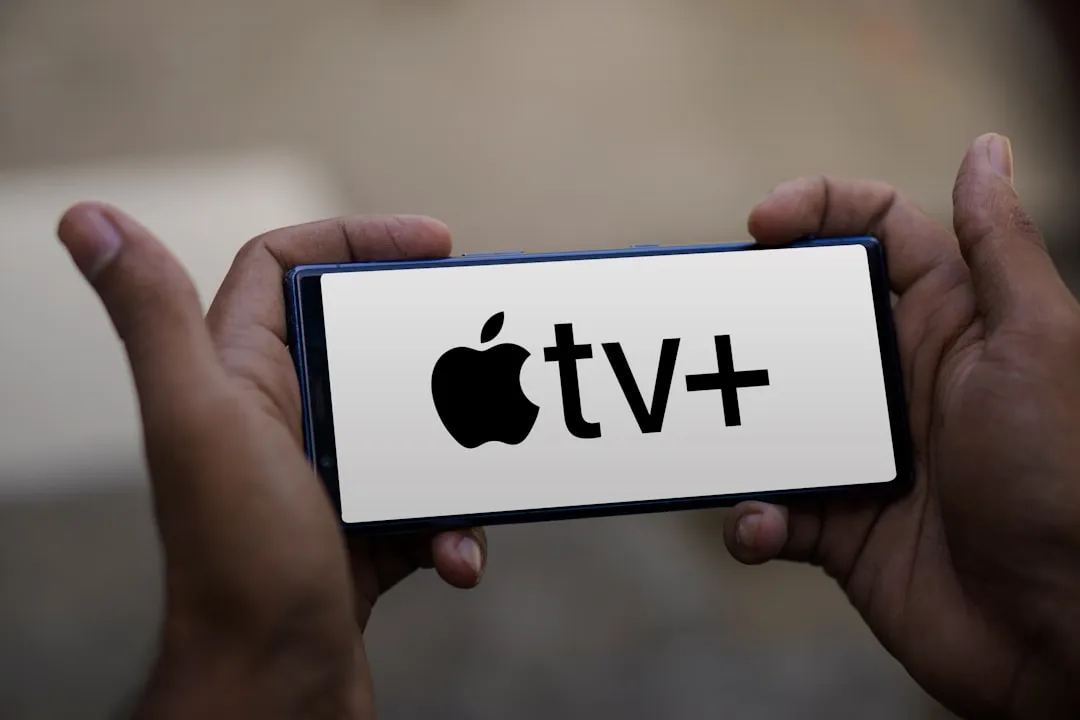

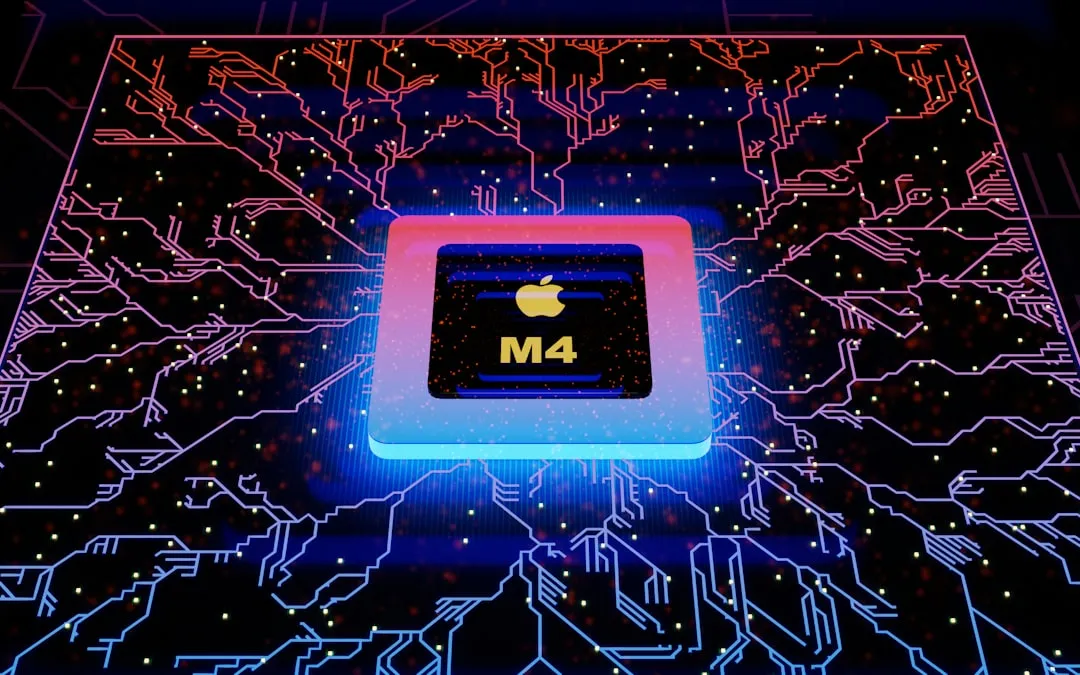
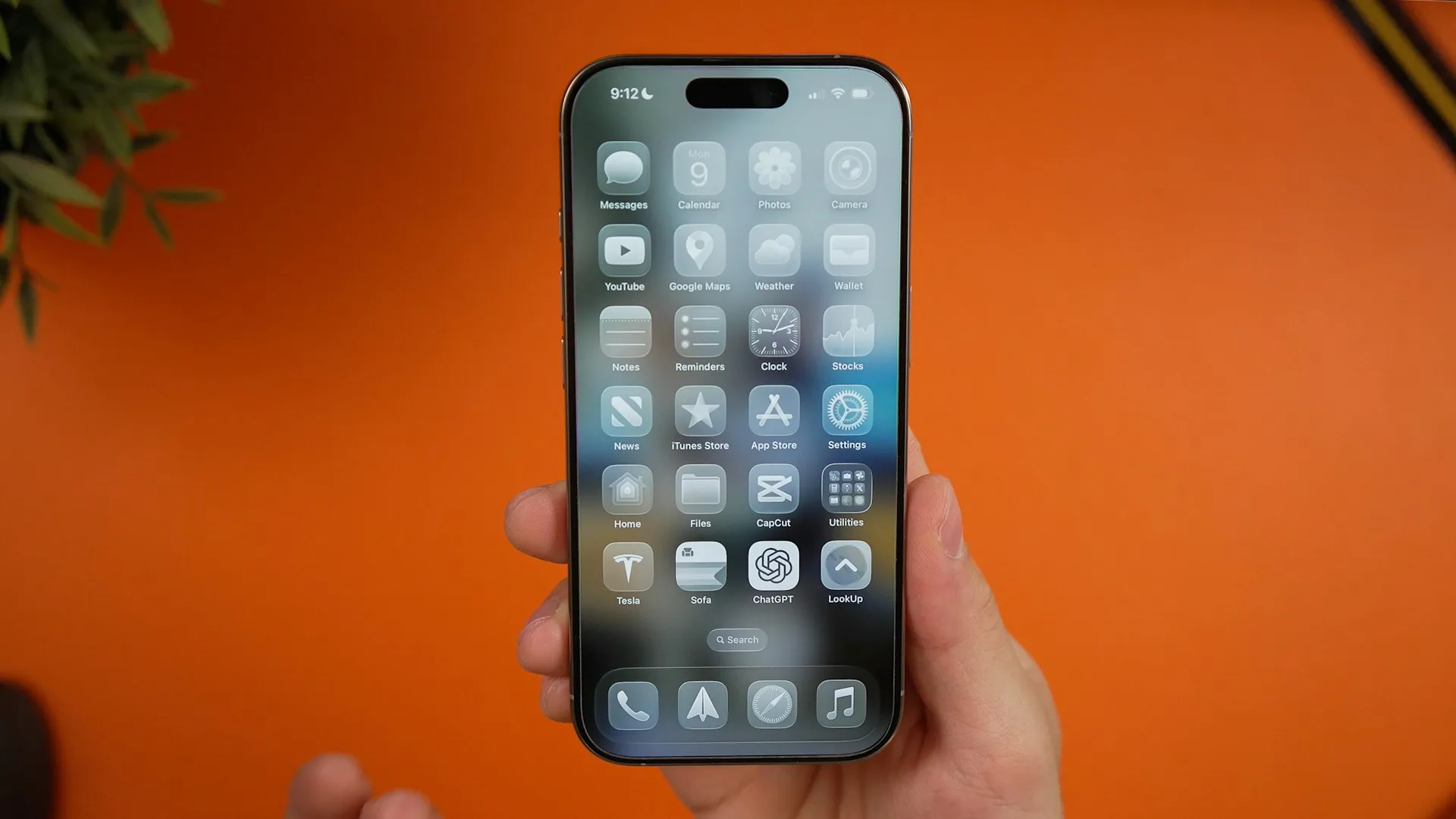





Comments
Be the first, drop a comment!